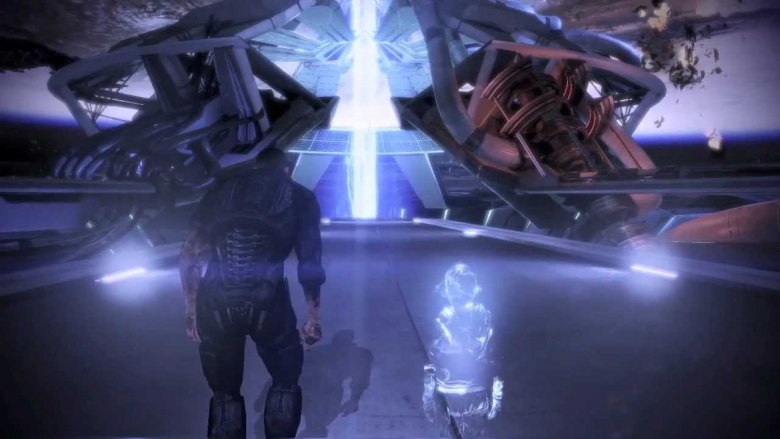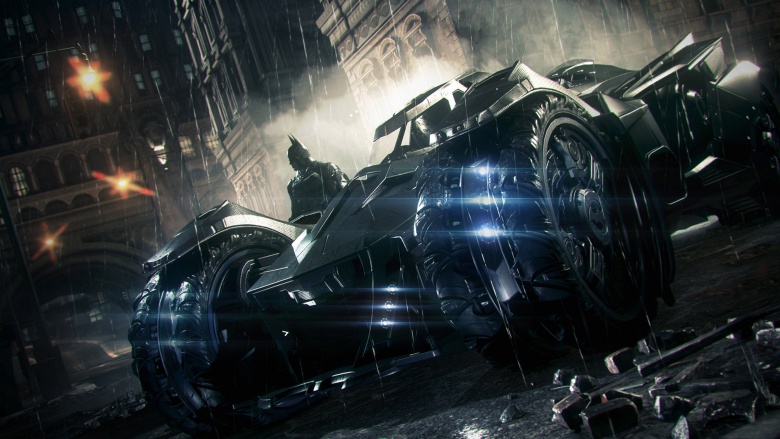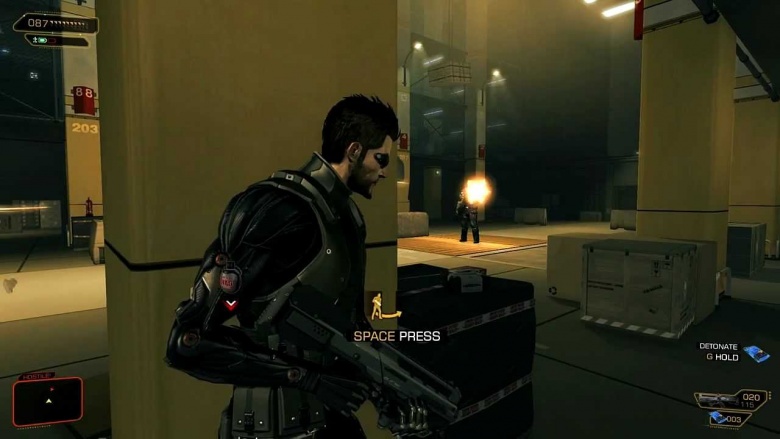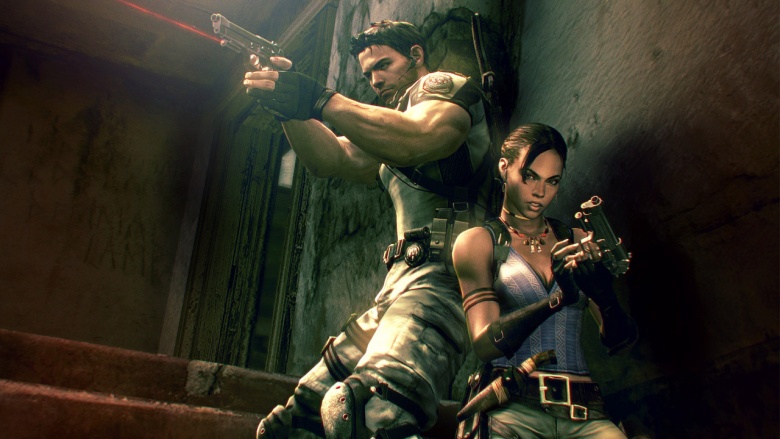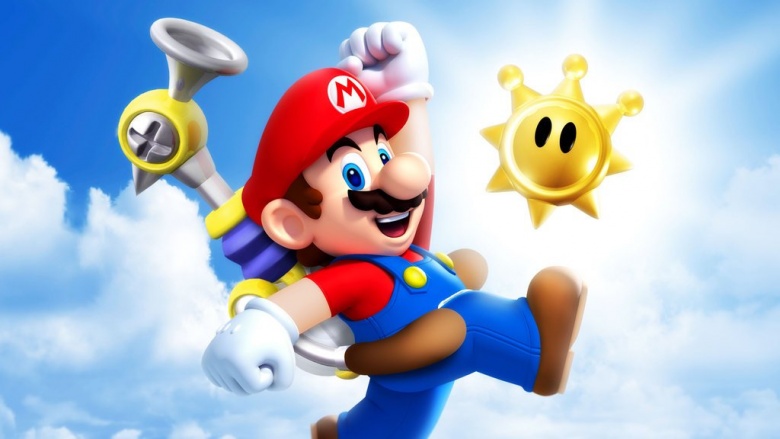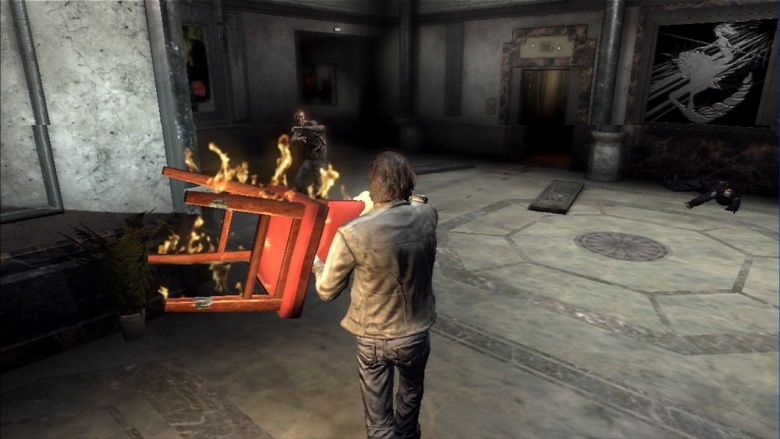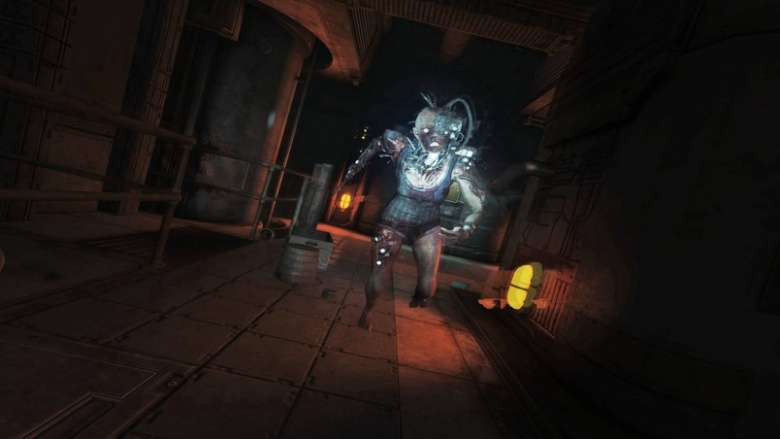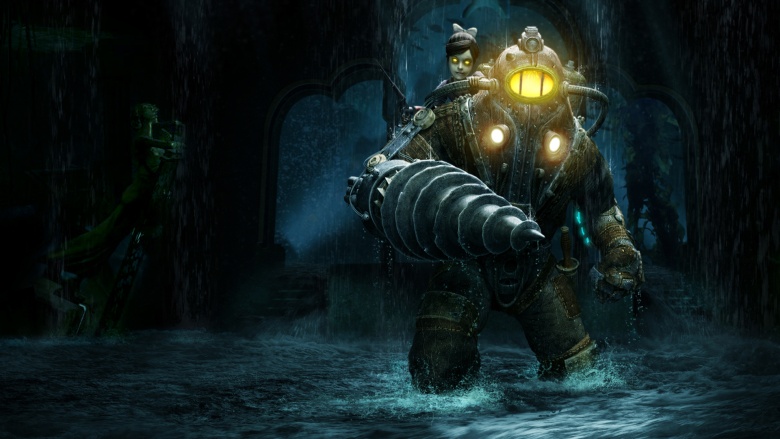Hyped Game Features That Didn't Meet Expectations
With developers releasing more and more games every year, there's a lot of pressure to make one title stand out among the pack. In an effort to garner gamers' attentions, these developers often hype innovative features that their new games possess. Sometimes these features are truly revolutionary, but often they end up being at best, gimmicks, or at worst, wasted potential. Below are a few examples of games with hyped features that utterly failed to meet expectations.
Mass Effect 3 -- player choices
Aside from alien-human romance, the Mass Effect series is best known for how your choices affect the greater storyline. Should you, for example, let Ashley — the hot and capable female soldier — or Kaidan — the whiny and dull psychic — live? Okay, so that's not much of a choice. In any case, the major selling point for the series was that decisions in earlier games can affect the events of later installments, courtesy of imported save game files. Ultimately this feature did not pay off when it came to Mass Effect 3. Did you choose to save or kill the Rachni queen during the first Mass Effect? It doesn't really matter, since you'll be forced to fight an indoctrinated Rachni irrespective of your decision.
Even more problematic is the ending of the third game. Regardless of your earlier choices, you're still limited to three ending options. The Extended Cut somewhat changed this, but the lack of foresight from the get-go still left a bad taste in players' mouths.
Batman: Arkham Knight -- the Batmobile
Developer Rocksteady Games chose to shake up its venerable Arkham franchise by focusing heavily on the Batmobile in Batman: Arkham Knight. At first, this seemed like a neat idea. Who wouldn't want to plow through Two-Faces' goons with the Dark Knight's iconic set of wheels? Unfortunately, the game's overt focus on the vehicle quickly grew tiresome. After the fourth tank-style battle on the streets of Gotham City, you'll wish you were reading a Batman graphic novel instead. Many players simply opted to glide through the city with Batman's cape, like in Rocksteady's first two games.
Deus Ex: Human Revolution -- choosing how to fight the bosses
Don't get us wrong — Deus Ex: Human Revolution is a great game. We're absolutely looking forward to the new entry, Deus Ex: Mankind Divided, later this summer. Nevertheless, the one aspect of Revolution that most disappointed fans were the boss fights. The original Deus Ex gave you several choices in how to deal with these cyborg foes. You could even kill them with a conversation, if you knew their self-destruct phrase. Revolution relegated you to gunning them down in the most straightforward and unoriginal way possible. The Director's Cut version gave you more options for how to kill them, including hacking turrets and robots to do your murderous bidding. Yet, the game still forced you to fight them. Contrast this with the Fallout series, where you can often negotiate with the villains, to the point of possibly never having to fight a single one.
Resident Evil 5 -- cooperative gameplay
Resident Evil 4 is regarded as one of the greatest video games of all time. Fan expectations were expectedly high for Capcom's follow-up, Resident Evil 5. Capcom didn't want to simply rehash 4, so the fifth installment introduced a focus on cooperative gameplay. In Resident Evil 5, you can freely switch between series veteran Chris Redfield and newcomer Sheva Alomar. You can either let the comptuer control the other character, or have a friend play as him or her over the Internet. The former was a problem, however, because the computer-controlled character would often get you killed. There is also no way to turn off cooperative play, meaning the game forces you into this style, even if it doesn't work for you at all. Besides, on a thematic level, this cooperative element completely ruins the suspense that derives from the sense of isolation that the series worked so hard to build.
Super Mario Sunshine - F.L.U.D.D.
With Super Mario Sunshine, Nintendo clearly wanted to recapture the magic of Super Mario 64, while also adding some new elements. They principally accomplished the latter with F.L.U.D.D. — a water-shooting device that Mario wears on his back. The device is conceptually interesting, but gamers never got to see its full potential. True, you can use it to dispatch enemies and hover, but you mostly used it to wash away paint, an activity that seems antithetical to a platform game. Besides, Mario's a plumber, not a home renovator, right? Plus, you have to constantly refill it with water. Sure, this is realistic, but it's not exactly fun to have to run to a nearby ocean every time you want to slay a piranha plant.
Alone in the Dark (2008) -- the whole game, really
The developers of the 2008 remake/reboot of Alone in the Dark promised a litany of innovative gameplay ideas. This included a real-time inventory system, the ability to use commonplace objects as weapons, and hotwiring cars to drive through a demon-infested New York City. While all these features appeared in the final game, their clunky implementation did not live up to many gamers' expectations. Sure, you could pick up any chair and hit a baddie with it, but swinging it with the right analog stick is cumbersome. The driving sections are infuriating — It would've been easier to drive through hordes of demons in real life than in this game.
Perhaps the game's greatest sin, however, is the inventory system. While a real-time system is cool as a way to ratchet up tension, the execution is so awkward, that checking your jacket pockets usually means you'll be brained by a roving hellion before you can say, "Where's my lighter fluid?" Still, the game's not anywhere near as bad as Uwe Boll's Alone in the Dark movie. That's something at least.
SOMA -- survival horror
SOMA contains a terrifically dark sci-fi plot, compelling characters, and a memorable atmosphere. The survival horror element, however, leaves something to be desired. As the game's protagonist, Simon Jarrett, you must navigate your way through a dilapidated underwater facility while avoiding otherworldly monsters. Much like developer Frictional Games' earlier title, Amnesia: The Dark Descent, you cannot fight back against these creatures. At first, these encounters are creepy, but eventually they just become annoying, as they merely serve as barriers to get to the next part of the game's rich storyline. Plus, it's unrealistic on a narrative level that, considering all the lab equipment and machinery scattered about, Simon cannot simply grab a scalpel and go to town on a monster's jugular vein.
BioShock 2 -- play as a Big Daddy
A big selling point for 2009's BioShock 2 was that you could play as a Big Daddy — one of the hulking, villainous automatons from the first game. While BioShock 2 isn't a bad game by any means, ultimately playing as a Big Daddy differed little from your human character from the original BioShock. The sequel actually feels more like a DLC expansion than a standalone title. BioShock Infinite, on the other hand, truly shook up the formula by adding new characters, settings, and abilities.
BioShock 2 is still worth playing, if only for the Minerva's Den DLC, but if you're pressed for time, then we suggest skipping over the second sequel when the remastered collection debuts next September

